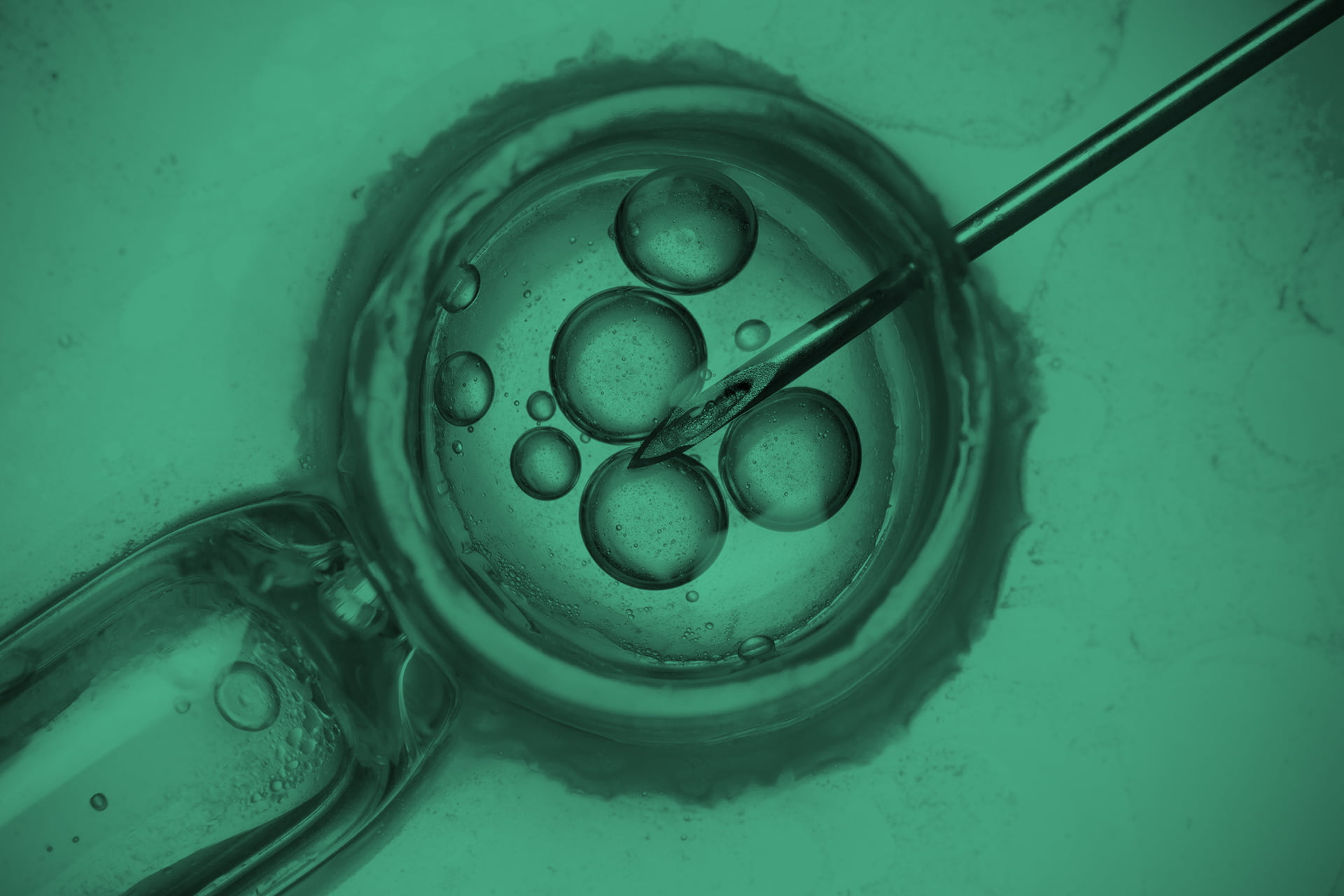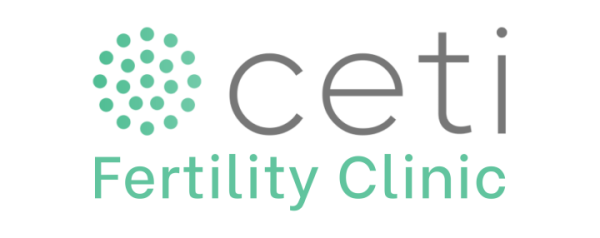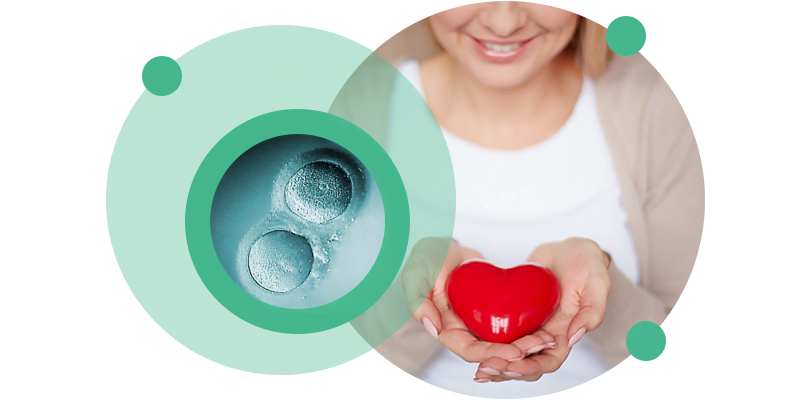Embryo Donation
Embryo donation is a treatment in which embryos donated by another woman or couple are transferred to a recipient or recipient couple. The donated embryos come from people who have already undergone medically assisted reproduction treatment and have surplus vitrified embryos. These embryos, according to current legislation, can be donated to other women or couples, giving them the possibility of having a child.
About Embryo Donation
An embryo is the product of the fertilization of an oocyte (female gamete) by a sperm (male gamete). It is a new entity made up of a group of cells that will give rise to a human being if it can be implanted in the uterus and a healthy pregnancy continues.
This is a treatment in which embryos donated by another woman or couple are transferred to a recipient or recipient couple. The donated embryos come from people who have already undergone medically assisted reproduction treatment and have surplus vitrified embryos. According to current legislation, these embryos can be donated to other women or couples, giving them the possibility of having a child.
In gamete donation, the donated gamete will still need to be fertilized to obtain embryos that can then be transferred to the uterus of a recipient. In embryo donation, these are already formed and cryopreserved and are immediately transferred to the uterus of the recipient, after thawing.
Embryo donation is only possible with the express consent of the beneficiaries holding the rights to such embryos. These embryos invariably result from ART treatments, in which surplus viable embryos are obtained which, by legal obligation, must be cryopreserved.
At CETI, embryo donation is recommended in cases of:
- Low quality of a couple’s oocytes and sperm, resulting in embryos that are unable to implant
- Absence of a male partner. Women without a male partner and with low ovarian reserve, ovarian failure or menopause and therefore poor quality oocytes
- Repeated failure in medically assisted procreation techniques with own gametes.
- Genetic diseases. When there is a genetic or hereditary disease that makes it inadvisable to use one’s own gametes associated with ovarian insufficiency or severe male factor.
Embryo cryopreservation is a complementary technique to IVF (in vitro fertilization). In recent years, advances in cryopreservation methods, particularly the development of the vitrification protocol, have meant that damage to cryopreserved cells is not significant. This technique allows for adequate storage of embryos for the short or long term.
Endometrial preparation: This consists of estrogen treatment that begins with menstruation to prepare the endometrium for the reception of embryos. This phase of treatment generally lasts around 12-14 days, and ultrasound monitoring of the characteristics of the endometrium is necessary.
When the endometrium reaches the appropriate thickness, a second hormonal medication (progesterone) is started so that the embryo transfer can be performed in the following days.
Embryo thawing: Embryologists determine which embryos will be used in the transfer, which will be thawed.
Transfer of donated embryos: A generally painless process that involves placing the embryo(s) into the uterus using a very thin catheter through the cervix. The law limits the maximum number of embryos that can be transferred to two.
As with oocytes and sperm, donors must remain anonymous in relation to the recipient or recipient couple and vice versa. The anonymity waiver only does not apply to individuals born as a result of this process, if they are aware of this and when they reach adulthood.
Law no. 58/2017 of 25 July – Article 10 – Donation of sperm, oocytes and embryos.
1 – Oocytes, sperm or embryos donated by third parties may be used when, in view of the objectively available medical-scientific knowledge, it is not possible to achieve pregnancy or pregnancy without serious genetic disease through the use of any technique that uses the gametes of the beneficiaries and provided that effective conditions are ensured to guarantee the quality of the gametes.
2 – Donors cannot be considered as parents of the child to be born.






Frequently Asked Questions
After a careful analysis and selection carried out by CETI in choosing a donor, the recipient woman begins treatment to prepare the endometrium and, later, receive the embryos.
The preparation of the endometrium is synchronized with the ovarian stimulation of the donor, whose oocytes are collected and fertilized with the sperm of the male member of the couple.

